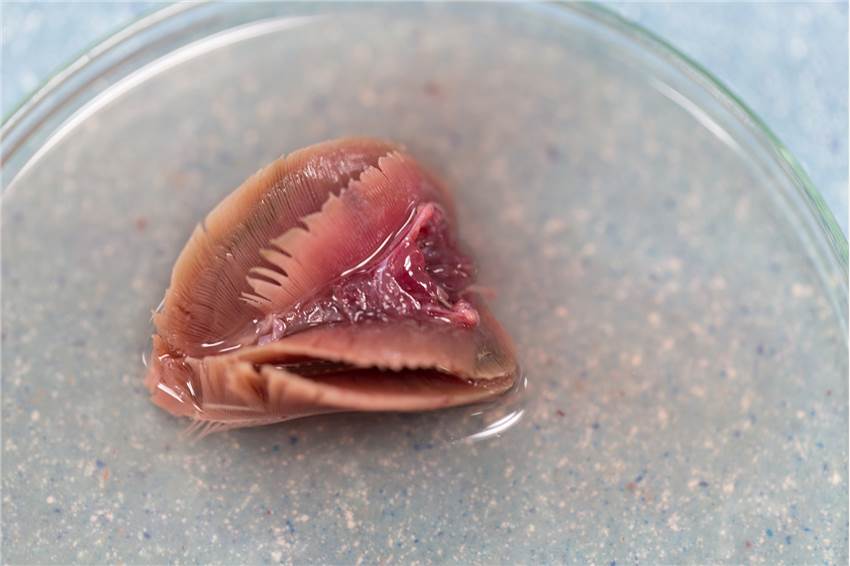Short-term toxicity oral toxicity is defined as the health effect caused by repeated oral administration of a subject within a period shorter than 10% of the life span of the experimental animal.
Our company offers a professional short-term repeated dose oral toxicity (28-day) test service to determine the toxic effects of repeated oral exposure to a test sample over a short period of time, and to gain a preliminary understanding of the toxic effects, dose-response relationships, and target organs of the sample.
We can also obtain the no-observed-adverse-effect level (NOAEL) and lowest-observed-adverse-effect level (LOAEL), which provide the basis for the selection of dose and observation index for subchronic and chronic toxicity tests.
Test Range
Veterinary drugs, pesticides, chemicals, fungicides, organic toxicants, solid waste, domestic waste leachate, hazardous waste, sewage, sludge, water quality, surfactants, etc.

About Short-term Repeated Dose Oral Toxicity Service
Test Methods
We mix the test samples into feed or drinking water or use the gavage method to contaminate them. The period of poisoning is 28 days. During this period, we observe the toxic reactions of the test animals, weigh and calculate the intake regularly, and performed the determination of hematological indexes, blood biochemical indexes, and histopathological examination indexes in order to evaluate the short-term repeated intake toxicity of the test samples.
Subjects
The concentration in the feed or drinking water fluctuates within ±15% of the theoretical concentration. The amount of adulteration in the feed does not exceed 5% of the feed concentration. When the sample addition to feed or water affects the palatability of the animal, we use gavage to give the sample.
When gavage is used for poisoning, we prefer to dissolve or suspend the sample in water. Samples that are insoluble in water may be given in edible oil. Samples that are insoluble in water or oil can be prepared as a suspension using sodium carboxymethyl cellulose, starch, etc.
Test Animals
We prefer healthy primary adult rats of both sexes. Rats should be generally 6 to 8 weeks of age. The difference in starting weight of each animal should not exceed 20% of the average weight of the same sex.

Test Observations
- Clinical observation: Changes in skin, coat, eyes, mucous membranes, respiratory system, circulatory system, neurological system, limb rest-activity, and behavioral patterns.
- Body weight and intake and water consumption were recorded.
- Hematological index measurement: Hemoglobin concentration, red blood cell count, melanocyte pressure product, total white blood cell count and classification, platelet count, and coagulation function. We will also add reticulocytes and bone marrow smear cytology if there is an impact on the hematological system.
- Blood biochemical examination: Alanine aminotransferase (ALT), aspartate transaminase (AST), alkaline phosphatase (ALP), blood urea nitrogen (BUN), creatinine (Cr), blood glucose (GLU), albumin (ALB), total protein (TP), total cholesterol (TCH), potassium, sodium.
- Urine examination: appearance, specific gravity, acidity, urine protein, glucose and blood cells.
- Pathological examination: Gross anatomical examination,
- histopathological examination.
- Other examinations: If necessary, add sensitive indicators of the immune system, nervous system and neurobehavior, depending on the nature of the sample and the observed toxic reaction.
Short-term Repeated Dose Oral Toxicity Test Report
The final test report Our company provides includes the following.
- Test start and end date, test leader, etc.
- Test summary.
- Test sample name and details.
- Experimental animal details and animal housing environment.
- Dose and group.
- Test conditions and methods: Main instruments and equipment, poisoning route, poisoning method, test period, observation indexes, etc.
- Test results: Clinical signs of poisoning, body weight, food intake, changes in indicators, gross anatomical and histopathological changes, etc., as well as statistical processing of the results.
- Test conclusion: Based on the test results, conclusions are made on the toxic effects of the test samples and the toxic effects on target organs, and NOAEL and LOAEL are obtained.
If you are looking for the best solution in the field of toxicology research, please feel free to contact us.
Related Solutions
It should be noted that our service is only used for research, not for clinical use.


